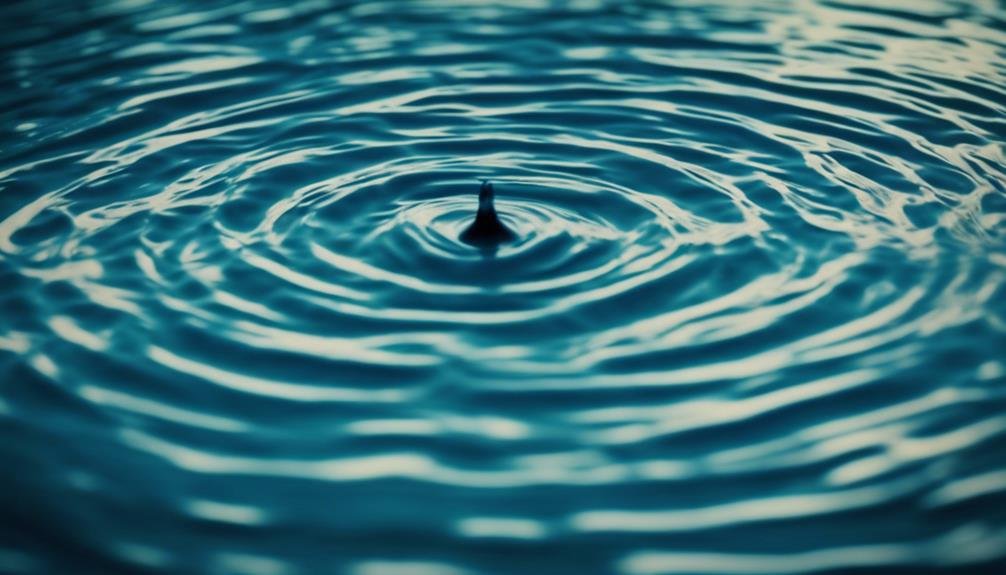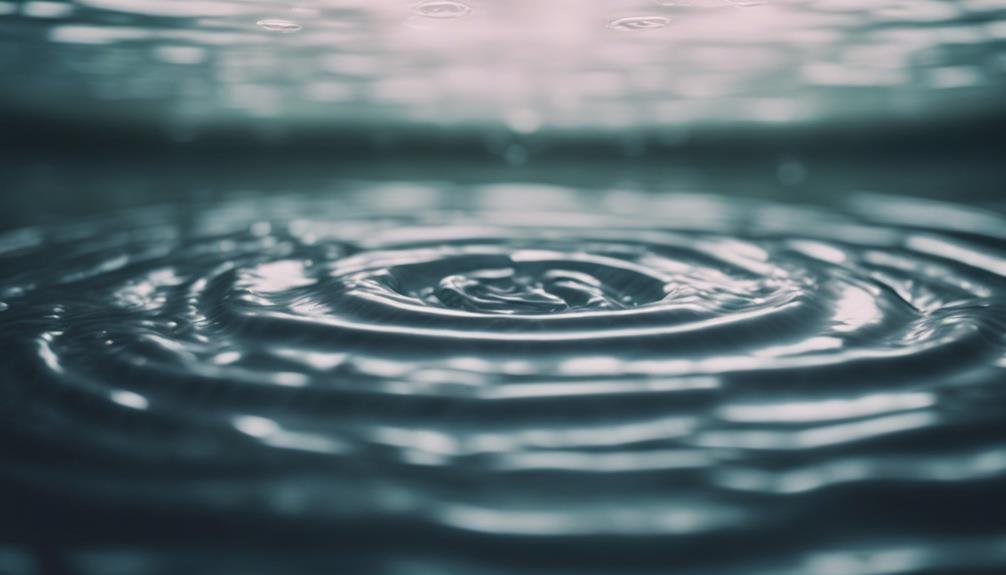To prevent ice from forming on ponds, we utilize a variety of effective techniques. Aeration systems play a key role by circulating water, breaking up stratification, and infusing oxygen into the pond.
Floating de-icers are also employed to transfer heat, either through electricity or propane, while anchored bubblers help distribute warmth evenly. Water circulation pumps are used to bring deep water up to the surface, promoting movement and preventing ice formation.
Strategic placement of bubblers ensures full coverage of the pond, while pond heaters work in conjunction with bubblers to create safe spaces for wildlife during colder months.
It is crucial to carefully plan and consider factors such as pond size and shape when implementing these ice prevention strategies. By combining these methods effectively, pond owners can maintain ice-free conditions and provide a hospitable environment for aquatic life throughout the winter season.
For more advanced techniques and product recommendations, further exploration and research are recommended to optimize the maintenance of a healthy and thriving pond ecosystem.
Aeration Systems
To prevent ice formation on ponds, it's crucial to install aeration systems. These systems work by circulating the water, preventing it from freezing over. Typically, floating aerators are used, which circulate air through a diffuser. By injecting oxygen into the pond, the water column is destratified, eliminating temperature variations that can lead to ice formation.
Another type of aeration system involves pumping water from the pond's bottom and spraying it into the air. As the water is exposed to the air, it absorbs oxygen before returning to the pond. This continuous circulation effectively prevents ice from forming on the surface. Factors such as pond size, depth, and climate are carefully considered during installation to ensure proper aeration.
Aeration systems offer various benefits beyond ice prevention. They enhance water quality by boosting oxygen levels, crucial for aquatic life. Additionally, they help curb algae growth and prevent stagnation.
With correct installation and maintenance, these systems prove highly effective in keeping ponds free of ice during winter months.
Floating De-Icers
If aeration systems aren't sufficient, we can use floating de-icers to prevent ice formation in ponds. These devices transfer heat from the water's surface to the air, melting any ice that forms.
Floating de-icers typically have a heating element powered by electricity or propane, creating a small heated area on the pond's surface to stop ice from developing. This opening allows gases to escape, crucial for the pond's ecosystem.
When installing floating de-icers, we anchor them to the pond's bottom to keep them in place. Most models come with thermostatic controls that activate when temperatures fall below a specific point. This energy-efficient feature helps cut operational costs compared to running heaters continuously.
To maximize efficiency while conserving energy, it's important to position floating de-icers near the pond's deepest areas or where fish are concentrated. For larger ponds, multiple units may be necessary to maintain sufficient open water surface.
Water Circulation

To prevent ice buildup on ponds, it's essential to maintain water circulation. Installing a pond aerator or water pump system is a key method to achieve this. These systems gently move the water around, helping to transfer heat from the bottom of the pond to the surface. This process makes it more difficult for ice to form and also increases oxygen levels, benefiting fish and other aquatic life, especially during the winter months when plant life is dormant.
Proper placement of the aerators is crucial for their effectiveness. Positioning them near the deepest parts of the pond maximizes water circulation. In larger ponds, multiple units may be necessary, strategically spaced out.
There are different styles of aerators available, such as floating fountains, submerged diffusers, or units that sit on the pond's edge. Some models even have de-icing capabilities. Before purchasing an aerator, it's important to calculate the pond's dimensions and determine the required aeration needs to ensure optimal water movement without overpowering the system.
A well-sized and strategically placed aerator setup can help maintain an ice-free pond surface throughout the winter season.
Bubblers Placement
Strategically placing bubblers is crucial for preventing ice formation on ponds. By positioning the bubblers near the edges and corners, where freezing occurs first due to limited water movement, a continuous flow of water circulation can be created.
Even spacing of bubblers across the pond ensures complete coverage. The number of bubblers required depends on the pond's size and shape, with a general recommendation of one bubbler for every 500-1000 square feet of surface area. Larger or irregularly shaped ponds may need additional bubblers for proper circulation.
To promote vertical water movement and prevent stratification, bubblers should be placed at different depths.
Careful planning and consideration of the pond's unique characteristics are essential for effective bubbler placement. By strategically positioning the bubblers, water can be kept in constant motion, preventing ice formation and maintaining a healthy ecosystem during the winter months.
Pond Heaters

To complement the strategic placement of bubblers in your pond, adding pond heaters can be a valuable asset in preventing icy conditions. Floating pond heaters are a popular choice, as they partially submerge in the water and use electricity or propane to warm the surroundings. By keeping an area free of ice, these heaters enable gas exchange and protect your fish from potential harm. Depending on the size and depth of your pond, as well as the local climate and wildlife presence, we may recommend either floating pond heaters or de-icing pond heaters.
Floating pond heaters are effective at keeping sections of larger ponds from freezing completely, providing a safe haven for wildlife. On the other hand, de-icing pond heaters, which attach to the pond's edge and utilize heated coils to melt existing ice, are great for maintaining access points. Some models even come with built-in thermostats to conserve energy by only activating when necessary. Proper installation and sizing tailored to your specific pond characteristics are key to maximizing the effectiveness of pond heaters.
Conclusion
To prevent ice from forming on ponds, we can use various techniques such as aeration systems, de-icers, water circulation, or pond heaters. These methods are crucial for maintaining the health and functionality of our aquatic ecosystems during the winter months.
For instance, aeration systems help keep the water oxygenated, preventing it from freezing completely. De-icers work by creating small holes in the ice to allow for gas exchange and prevent a buildup.
Water circulation systems help in distributing warmer water from the bottom to the surface, regulating the temperature and preventing ice formation. Additionally, pond heaters can be used to maintain a stable temperature and prevent freezing.
By choosing the right technique and ensuring proper placement and maintenance, we can ensure that our ponds remain ice-free and support a thriving ecosystem even in the coldest months.

